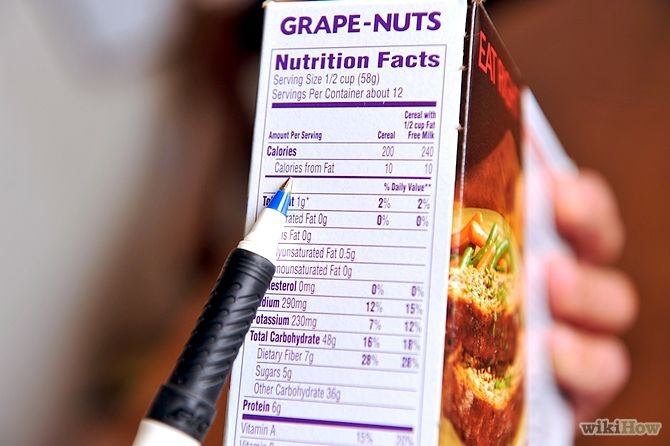By
Olufemi Y. Saliu, M.D.
The art of fishing has truly been perfected by the food industry. Consumers are baited and hooked by food. As a result, the food industry exposes all of us to dangers similar to the ones fish face at the hands of fishermen.
On Saturday the 14th of March, 2015, I visited a neighborhood grocery store where I’ve shopped for sixteen years. I walked the aisles, intending to refresh my knowledge of food packaging. I wanted to see how the food industry makes us devour unhealthy, and naturally tasteless food. I randomly examined the food packages I picked off the shelves. Familiar slogans appeared repeatedly on the products: no animal fat,1% low fat, 2% reduced fat, 100% pure, supports brain, multigrain, organic, gluten free, great taste…..naturally, original, no artificial flavors, no artificial colors, honey roasted, 100% natural flavors, and zero cholesterol. Foods were also given the appearance of healthfulness by the addition of earthy food coloring and seeds, such as sesame seeds on a bagel. Why do you think seeds on bagels are healthy? I always thought they were added for flavor.
I used to pick many of my food items according to their “healthy” packaging. On a memorable day in the fall of 2011, I had my usual two slices of whole wheat bread smeared with peanut butter and a glass of warm 2% fat milk for breakfast. Between 7:00 and 11:00am, I had three cups of unsweetened coffee and a sesame studded bagel. By noon I had, along with my lunch of grains, meat, a handful of vegetables and two chocolate chip cookies. But, even though I filled up on these apparently healthy foods, I did not stay full for long. On the way home, by 2:00 pm, I stopped by the doctors’ lounge to grab two more cookies and a cup of coffee. Upon arrival at home I went straight to the kitchen to get a bowl of cereal with reduced fat milk. After drinking the sweet milk residue in the bowl, I decided to go for another bowl. After the third bowl I had to stop because my stomach was very tense. But I still had pounded yam at dinner time.
Why did I eat so much on that day when I had eaten the food that the food industry claims to be healthy?
The answer can be found on the nutrition facts label of our favorite foods: sugar. During my visit I saw different food items with varying amount of sugar per serving: 1% low fat milk-12 grams of sugar, another brand of 1% milk-30 grams of sugar, berry punch-25 grams of sugar, 100% pure orange juice-22 grams of sugar, honey roasted cereal-12 grams of sugar, and 2% reduced fat milk-13 grams of sugar. Every supposedly healthy food item I examined had an unhealthy measure of added sugar. A couple of weeks ago I went to another store to buy protein powder. I decided not to get it because the tin of whey protein had 9 grams of sugar per serving. It’s supposed to be protein. Why the added sugar?
Why are these deceptive phrases on the boxes? Why is it that virtually every food item in a package has sugar added to it? Asking these questions is like asking a fisherman why he fishes with bait and hooks.
The phrases are the bait while sugar is the hook!
The fisherman’s bait-zero cholesterol– reeled me in whenever I picked up my favorite snack of honey roasted peanuts; but 5 grams of sugar a serving got me hooked. So, for twelve years I kept going back to the aisle with nuts. It is the same sugar that got me hooked to chocolate chip ice cream, a variety of cookies, apple juice, and bread.
This human hook-sugar- is potentially as dangerous as a hook is to fish! In one of his articles, Dr. Robert H. Lustig opined that sugar is as hazardous as alcohol. According to him, “excessive consumption of fructose can cause many of the same health problems as alcohol.” Chronic alcohol exposure is associated with hematological disorders, electrolyte abnormalities, hypertension, cardiac dilatation, cardiomyopathy, dyslipidemia, pancreatitis, obesity (insulin resistance), malnutrition, hepatic dysfunction, and addiction. Chronic exposure to fructose, one of the sugars in food, causes the same long list of terrible conditions. Just as corporate lawyer David Gillespie writes in his book, sugar truly is a “sweet poison.”
Whenever you go grocery shopping, take a second look before you drop any food item into your cart. Those deceptive phrases are the bait so look for the hook-the amount of sugar per serving. You have the power to remain a fish or free yourself from the hook of the food industry.
References:
- Gillespie, David. 2008. Sweet Poison: Why Sugar Makes Us Fat. Australia: Penguin Aus.
- Lustig, Robert H. et al. 2012. Public health: The Toxic Truth About Sugar. Nature 482.27-29(02 February 2012)







